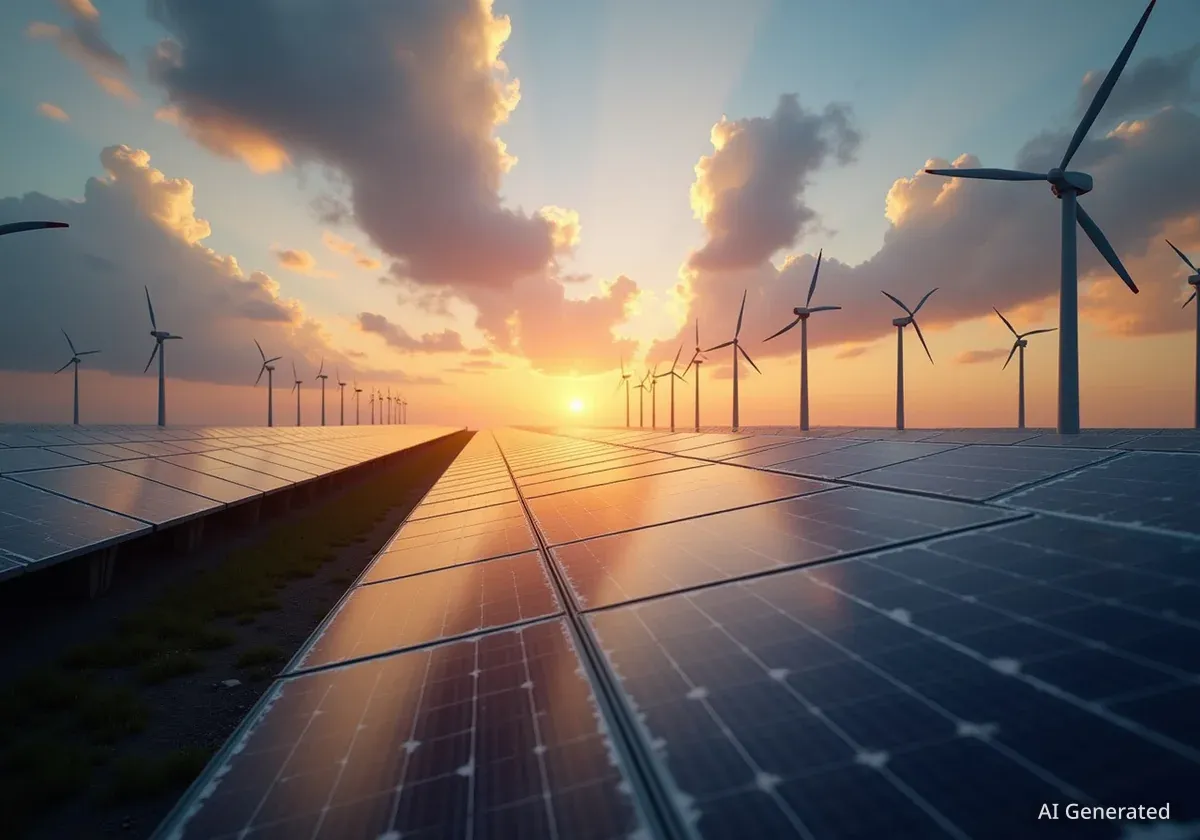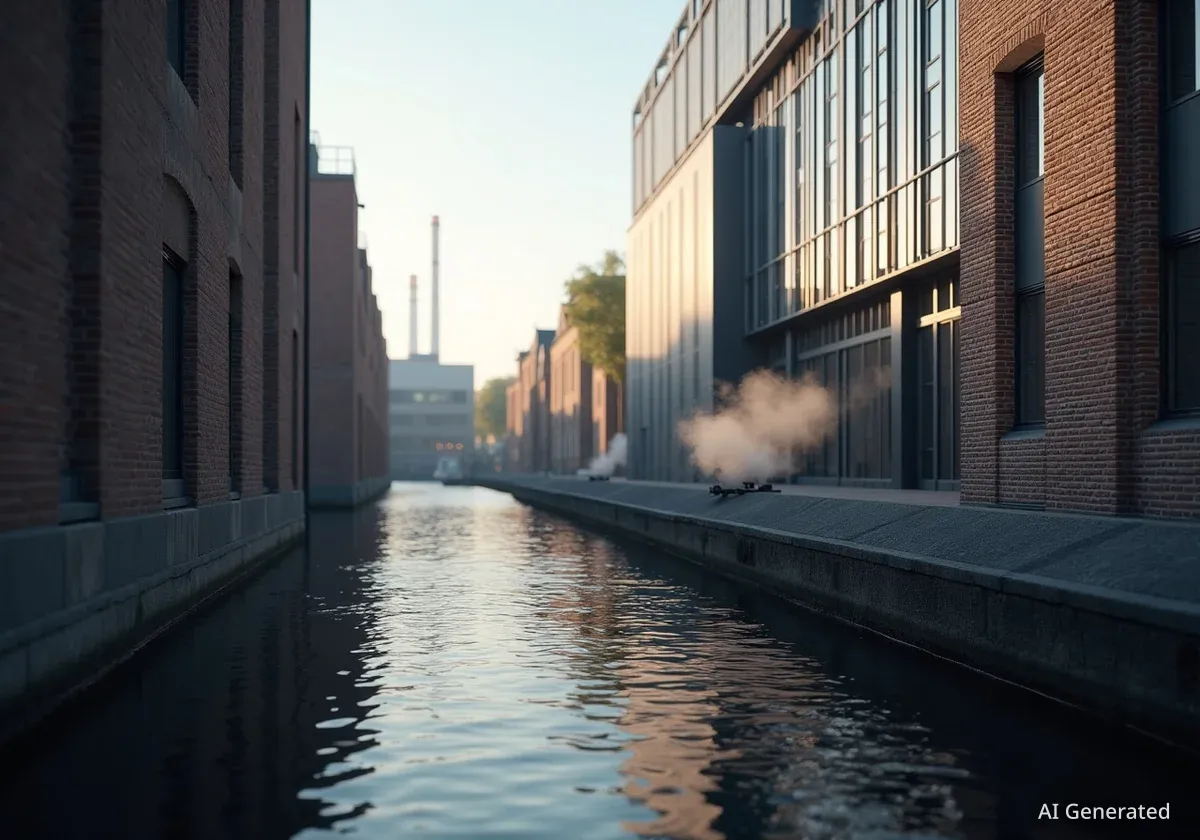Scientific consensus confirms that while the threat of climate change is immediate and severe, a clear pathway of actionable solutions exists. Reports from global bodies like the Intergovernmental Panel on Climate Change (IPCC) stress that the tools and strategies to limit global warming are already available, requiring a combination of technological shifts, policy changes, and international cooperation.
The primary goal, agreed upon by world leaders, is to limit the global temperature increase to 1.5°C above pre-industrial levels. Achieving this requires a dramatic and rapid reduction in greenhouse gas emissions, a target scientists say is challenging but entirely achievable with decisive action now.
Key Takeaways
- Global experts state that all necessary tools to combat climate change are currently available.
- A rapid transition away from fossil fuels to renewable energy is the most critical step.
- International agreements and strong government policies are essential to drive large-scale change.
- Protecting and restoring natural ecosystems like forests and oceans plays a vital role in absorbing carbon.
The Scientific Mandate for Action
The urgency to act is not based on speculation but on rigorous scientific assessment. The IPCC has laid out a stark timeline for the world to follow if it is to avoid the most catastrophic impacts of a warming planet.
To keep the 1.5°C target within reach, global greenhouse gas emissions must be reduced by at least 45% by 2030, relative to 2010 levels. Following this, the world must achieve carbon neutrality by the middle of the century, meaning any remaining emissions would be balanced by processes that remove carbon from the atmosphere.
Targets for a Sustainable Future
- 1.5°C Limit: The international goal to prevent the most severe climate impacts.
- 45% Reduction: The required cut in global emissions by 2030.
- 2050: The target year for achieving global carbon neutrality.
Valérie Masson-Delmotte, a leading paleoclimatologist involved in the reports, has emphasized that every fraction of a degree matters. "For every additional tenth of a degree of global warming there will be increasing impacts, there will be costs, and there will be more damage," she stated, highlighting the non-negotiable need for immediate action.
Pillars of a Global Solution
Addressing a challenge of this magnitude requires a multi-faceted approach. Experts have identified several core areas where transformation is not just possible but essential. These changes span from how we power our homes to how we manage our land and oceans.
1. A Revolution in Energy
The single largest source of greenhouse gas emissions is the burning of fossil fuels for energy. Therefore, the most critical solution is a rapid and complete transition to renewable energy sources. Technologies like solar and wind power have become increasingly affordable and efficient, making them viable replacements for coal, oil, and gas.
This transition involves more than just building new wind farms and solar panels. It requires updating our energy grids, investing in energy storage solutions, and improving energy efficiency in buildings, industry, and transport to reduce overall demand.
What is the Paris Agreement?
Signed in 2015, the Paris Agreement is a landmark international treaty on climate change. Its goal is to limit global warming to well below 2, preferably to 1.5 degrees Celsius, compared to pre-industrial levels. It works by having each country set its own emission-reduction targets, known as Nationally Determined Contributions (NDCs), which are reviewed and strengthened every five years.
2. Harnessing Nature's Power
Our planet's natural systems are powerful allies in the fight against climate change. Forests and oceans act as massive "carbon sinks," absorbing vast amounts of carbon dioxide from the atmosphere.
Protecting these ecosystems is a key climate solution. This includes halting deforestation, particularly in tropical rainforests, and embarking on large-scale reforestation and afforestation projects. Similarly, preserving marine ecosystems like mangroves and seagrass beds helps lock away carbon and protects coastal communities.
3. Transforming Societal Systems
Beyond technology, fundamental changes are needed in how our societies operate. This includes moving towards a more circular economy, where resources are reused and waste is minimized. It also involves re-evaluating our food systems, promoting sustainable agriculture, and reducing food waste.
Changes in urban planning to encourage public transport, walking, and cycling over private car use can significantly cut emissions from the transport sector. These shifts not only benefit the climate but also lead to healthier, more resilient communities.
The Role of Governance and Investment
While technology and natural solutions are available, their implementation depends on strong political will and a redirection of global finance. According to IPCC chairman Hoesung Lee, "We are at a crossroads. The decisions we make now can ensure a sustainable future."
"We have the tools and the ability to curb global warming. What we need is the political will and decisive action from governments and businesses."
This requires governments to create clear, stable, and ambitious policies that encourage investment in green technologies and discourage polluting activities. Legislative frameworks are needed to steer both public and private investments away from fossil fuels and towards decarbonized infrastructure.
Despite progress, investments in polluting activities remain a significant barrier. Stronger international cooperation, as outlined in frameworks like the Paris Agreement, is crucial to ensure all nations are moving in the same direction and that support is available for developing countries to make a green transition.
Collective Power and Individual Choices
It can be easy to feel that climate change is too big for any one person to solve. While individual actions—such as reducing energy consumption, changing dietary habits, and choosing sustainable travel options—are important, their greatest impact comes when they contribute to a larger, collective movement.
The most powerful role for an individual is to participate in collective action. This means pressuring governments and corporations to enact the systemic changes required. Businesses respond to consumer demand, and governments are accountable to their citizens.
By demanding stronger climate policies, supporting businesses with sustainable practices, and engaging in community initiatives, individuals can help drive the large-scale transformation needed to secure a stable climate for future generations. The solutions are known; the challenge now lies in their swift and comprehensive implementation.





